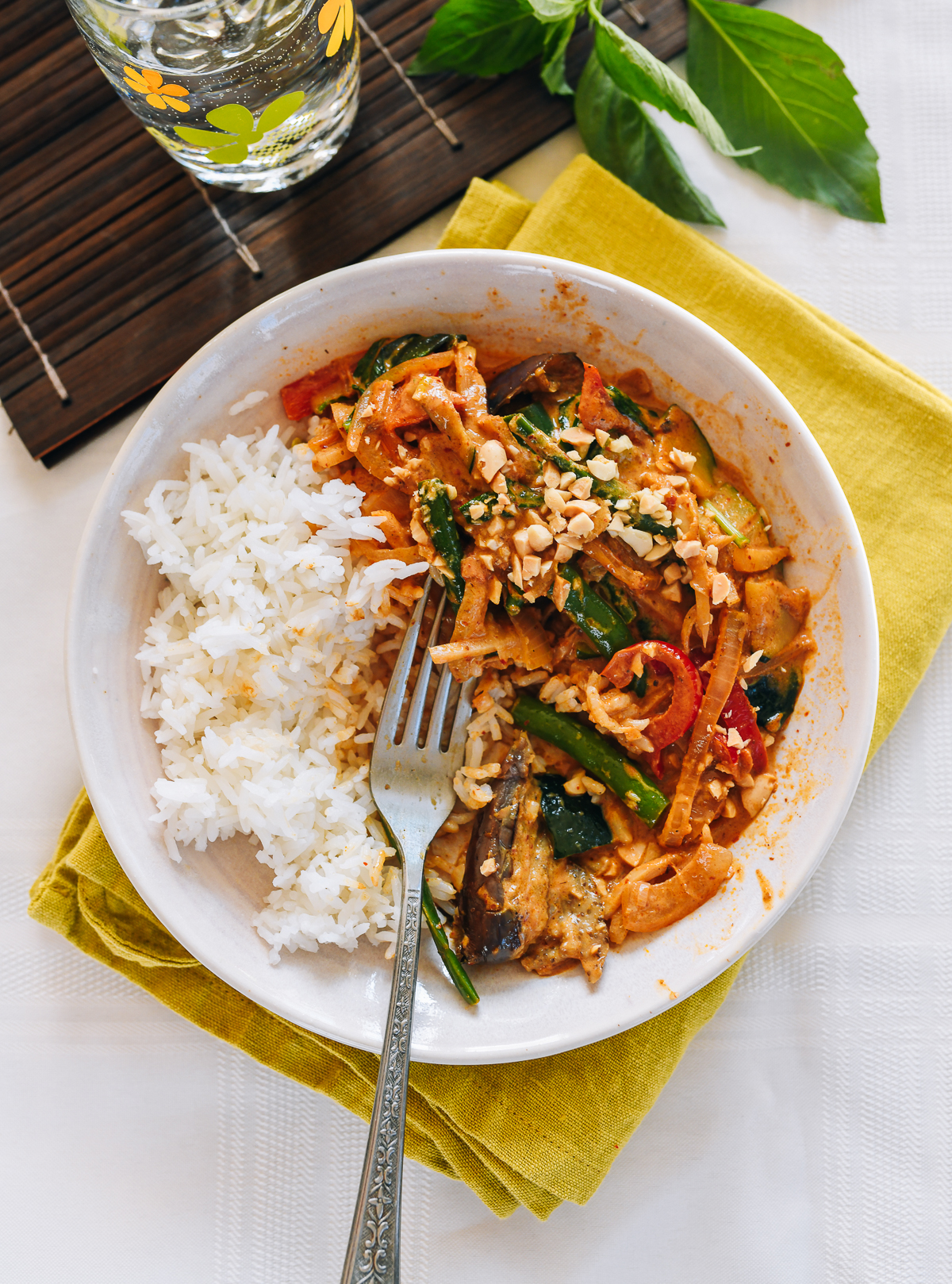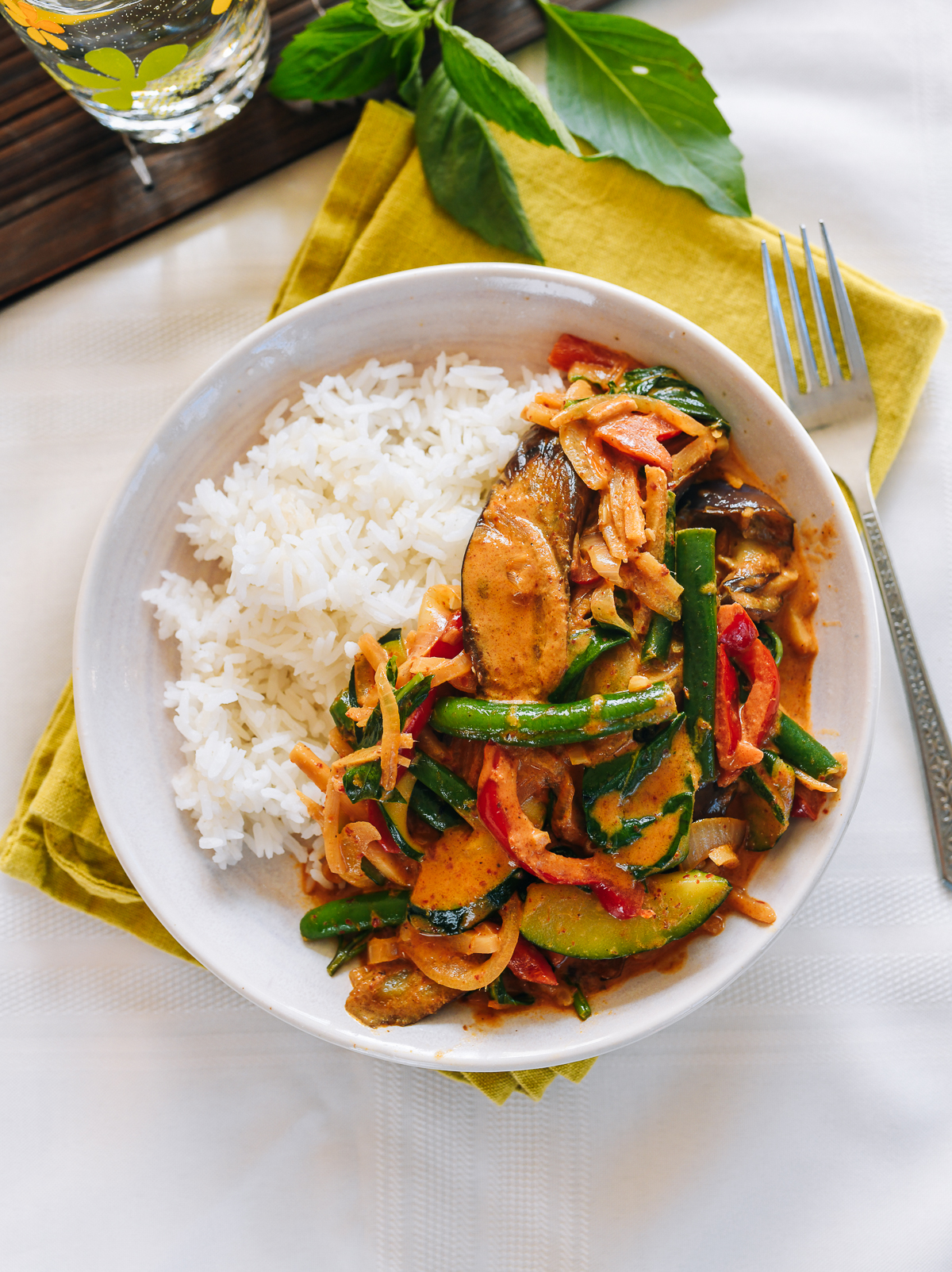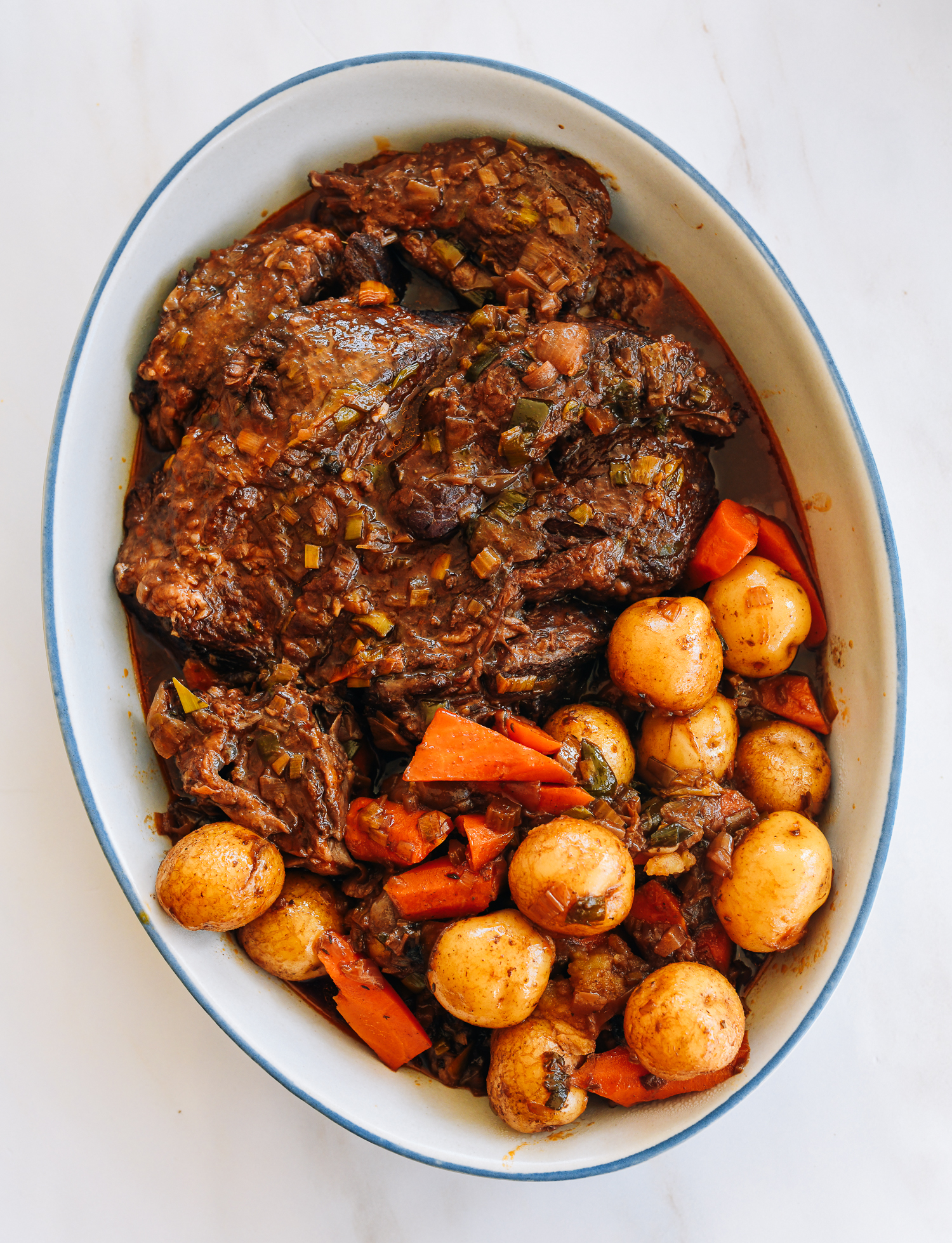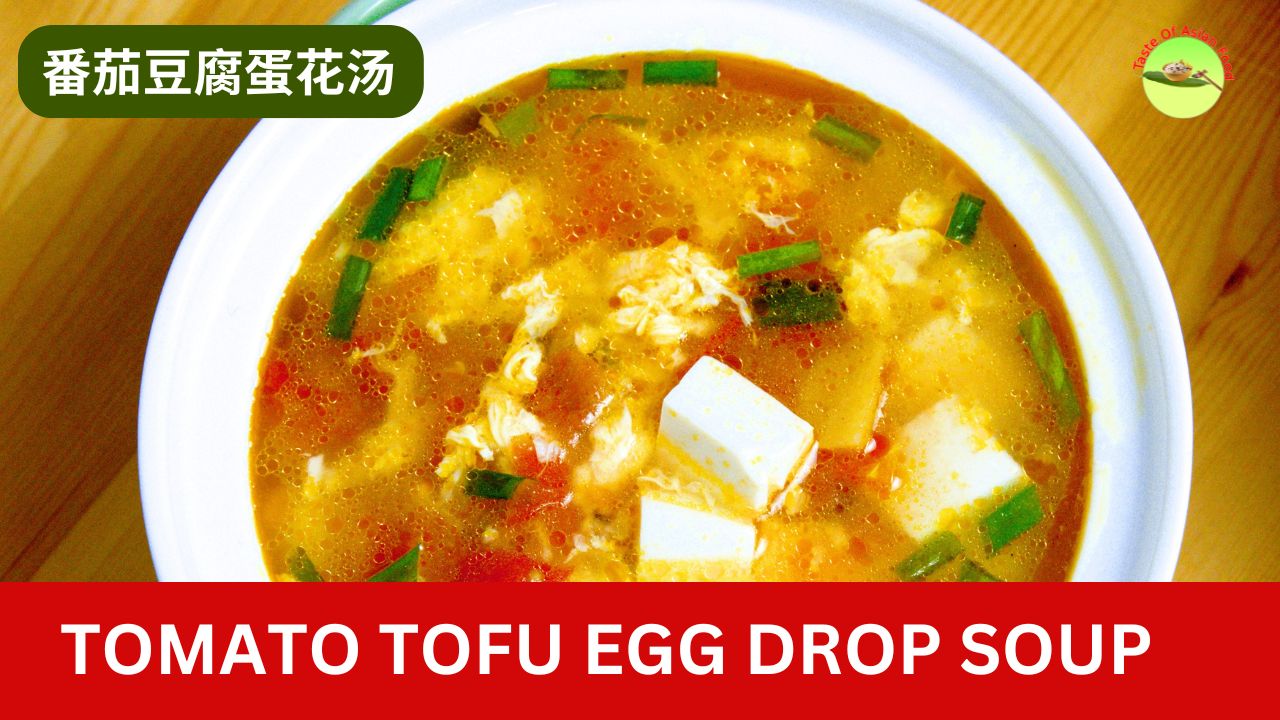This vibrant and aromatic Thai Vegetable Curry recipe is entirely vegetarian, yet it is bursting with flavor. The creamy coconut milk combined with Thai red curry paste forms a delightful base for tender eggplant, crisp vegetables, and fragrant Thai basil.
The beauty of this dish lies in its versatility. You can easily modify the spice level by using less curry paste, and feel free to swap out the vegetables based on what you have in your refrigerator.
While I’ve thoroughly enjoyed our Thai Red Curry Chicken recipe over the past few months, I find that I don’t miss the meat at all when savoring this vegetarian version!
Make It Your Own
The adaptability of this curry recipe is one of its best features. Here are several ways to customize it according to your taste preferences or available ingredients:
- Adjust Spice Level: The recipe calls for a full can (4 ounces/115g) of curry paste, resulting in a spicy curry! It’s not overwhelming for me, but some have found it too intense. If you’re sensitive to spice, start with half a can or even less.
- Change Up the Vegetables: While I enjoy the vegetable combination provided, feel free to experiment with what you have. Sugar snap peas, snow peas, baby corn, diced sweet potato or butternut squash, asparagus, mushrooms, cauliflower, and broccoli are all excellent alternatives. Use the recipe’s vegetable amounts as a guide for weight or volume.
- Add Protein: For a plant-based protein boost, add tofu—either firm tofu, preferably pan-fried, or soy puffs cut in half. For additional protein options, check out our Coconut Curry Shrimp and Thai Red Curry Chicken recipes.
- Garnish or Don’t: I love topping the curry with chopped peanuts for added flavor, crunch, and protein. However, feel free to skip this if you have a peanut allergy or simply don’t have them on hand.
- Substitute the Fish Sauce: Since fish sauce is not vegetarian, you can substitute soy sauce or vegan fish sauce to make the dish vegan/vegetarian-friendly.
- Use a Different Basil: If you can’t find Thai basil, don’t worry! While it adds a unique flavor, regular basil will suffice in a pinch. I prefer using sweet Italian basil rather than omitting basil entirely.
- Lighten Up the Sauce: To create a lighter dish, replace up to half of the coconut milk with vegetable or mushroom stock (or use light coconut milk). However, if you follow the recipe as written, you’ll enjoy that luxurious, restaurant-style curry sauce we all adore.

Recipe Notes & Tips
Here are a few additional tips to keep in mind for this recipe:
- While you can omit it, I highly recommend using Chinese eggplant for this dish. Unlike Italian eggplant, Chinese eggplant has a more delicate skin and tender flesh, soaking up all the beautiful curry flavors. You can find it at most Asian grocery stores, along with Thai basil.
- Don’t skip the step of properly searing the eggplant first. This extra few minutes provide beautiful caramelization, adding another layer of flavor to the final dish and ensuring tender eggplant!
- Once you add the coconut milk, maintain a gentle simmer. Boiling too vigorously may cause the coconut milk to split and become grainy.
Now, let’s dive into the recipe!
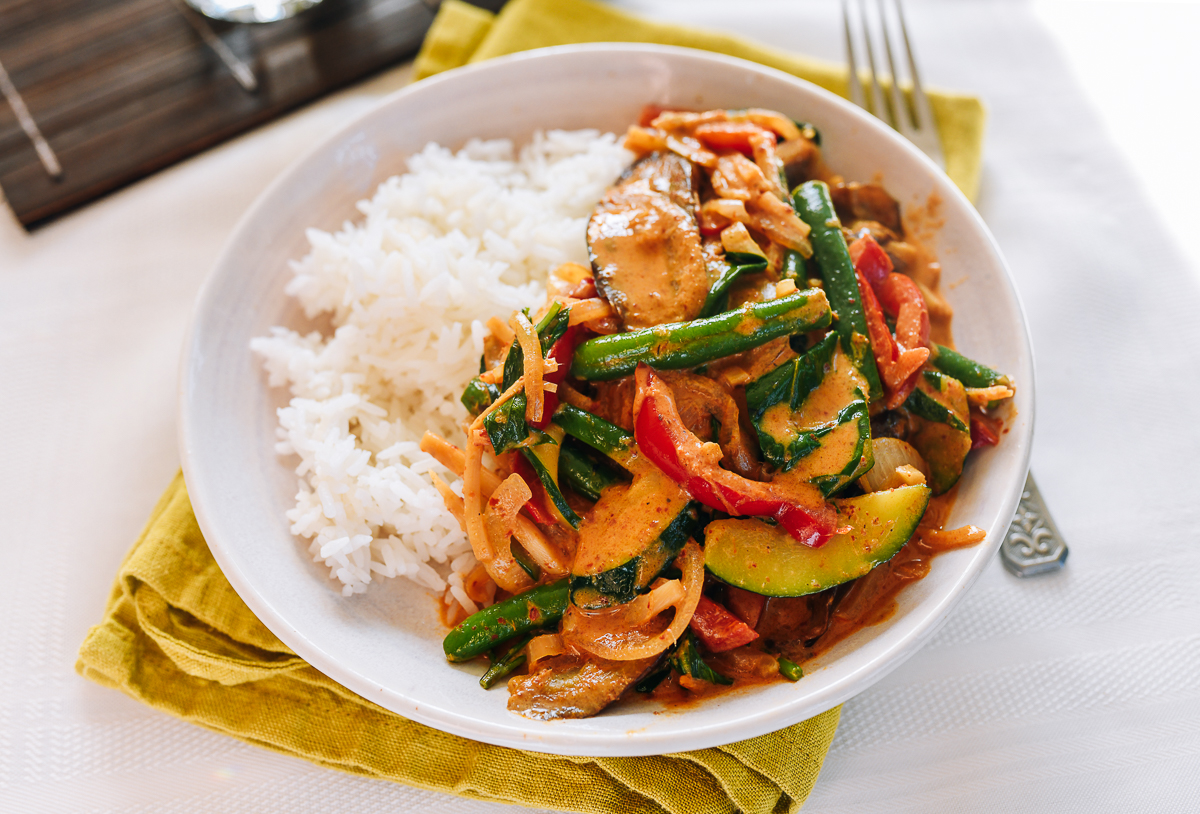
Recipe Instructions
Heat a wok or large cast iron/carbon steel skillet over medium-high heat until it begins to smoke. Add 2 tablespoons of oil and spread it around to coat. Add the eggplant and stir-fry for about 7 minutes until lightly browned and tender. If the eggplant appears dry, drizzle in a little more oil, and try to keep it in a single layer for even searing. Transfer the eggplant to a dish and set aside.
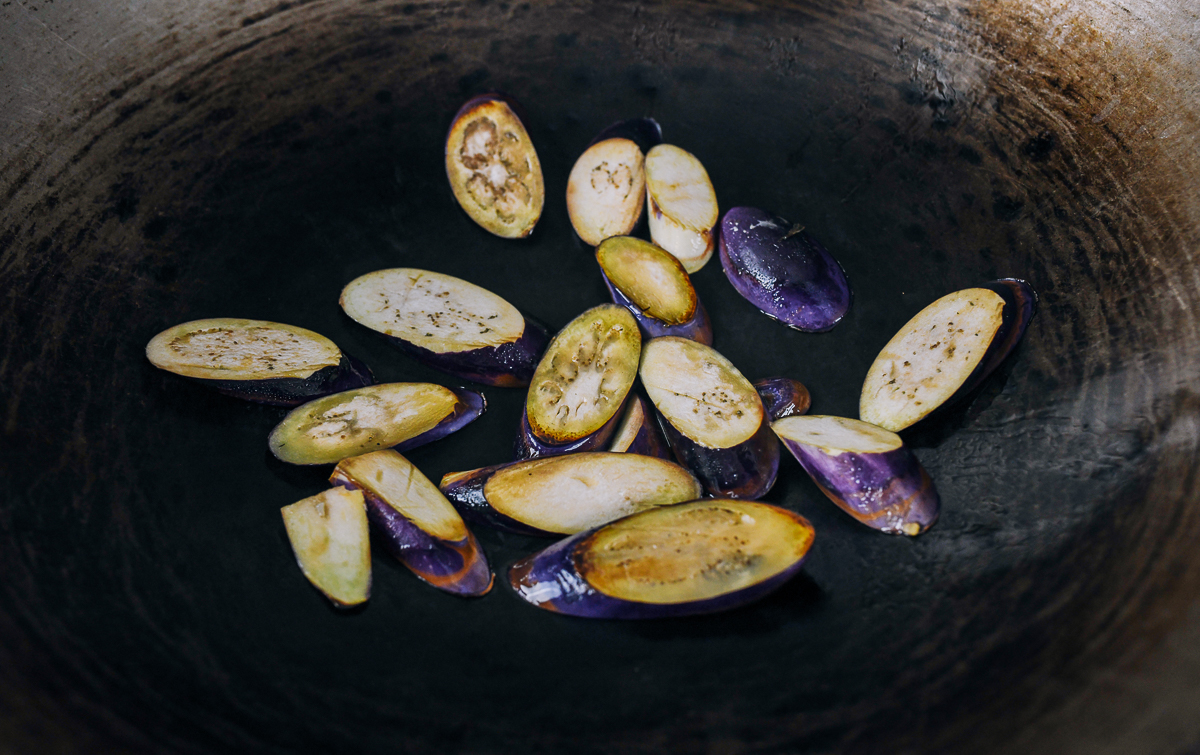

Over medium-low heat, add the remaining 1 tablespoon of oil to the pan, along with the garlic and ginger. Fry for 1 minute until fragrant. Increase the heat to medium-high, add the curry paste, and fry for another minute. Stir in the sugar.
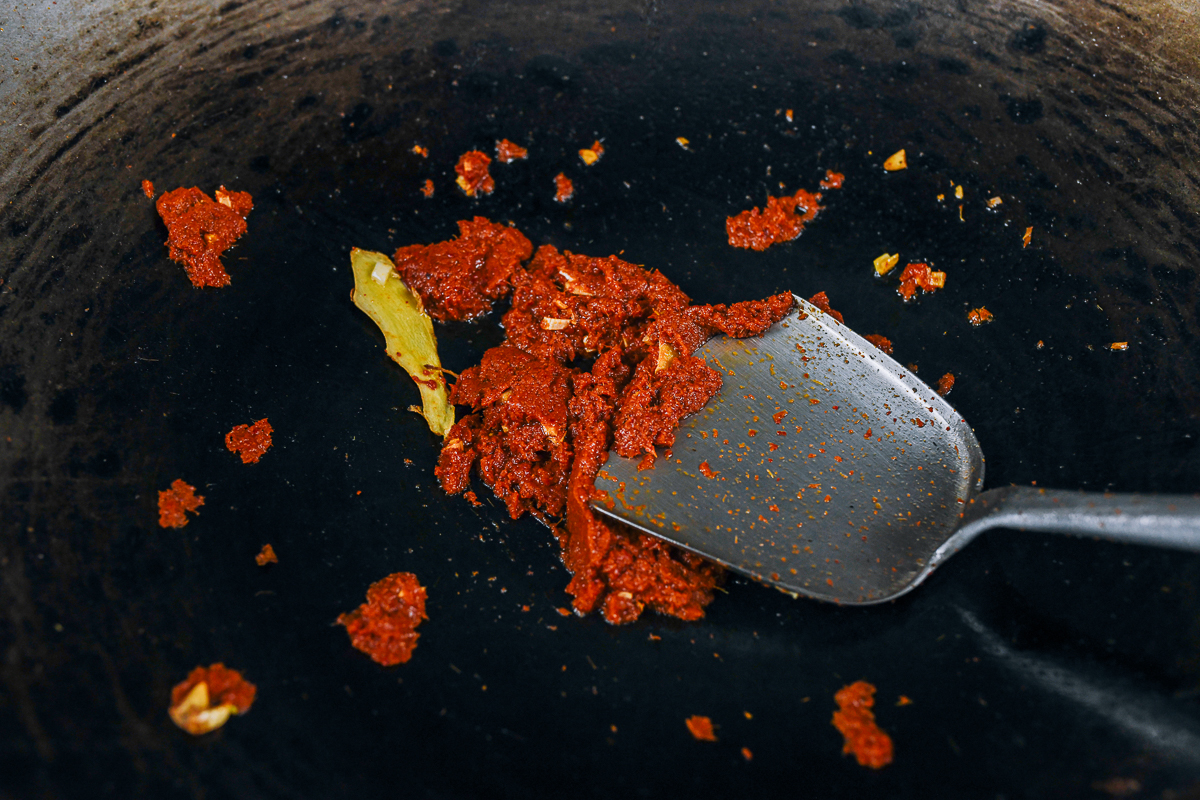
Add the onion, bell pepper, zucchini, green beans, bamboo shoots, and vegan fish sauce (or soy sauce/regular fish sauce). Fry for 3 minutes until the vegetables begin to soften. Then reduce the heat to medium and add the coconut milk and eggplant. Bring to a simmer. (From this point onward, keep the curry at a simmer to prevent the coconut milk from splitting.)
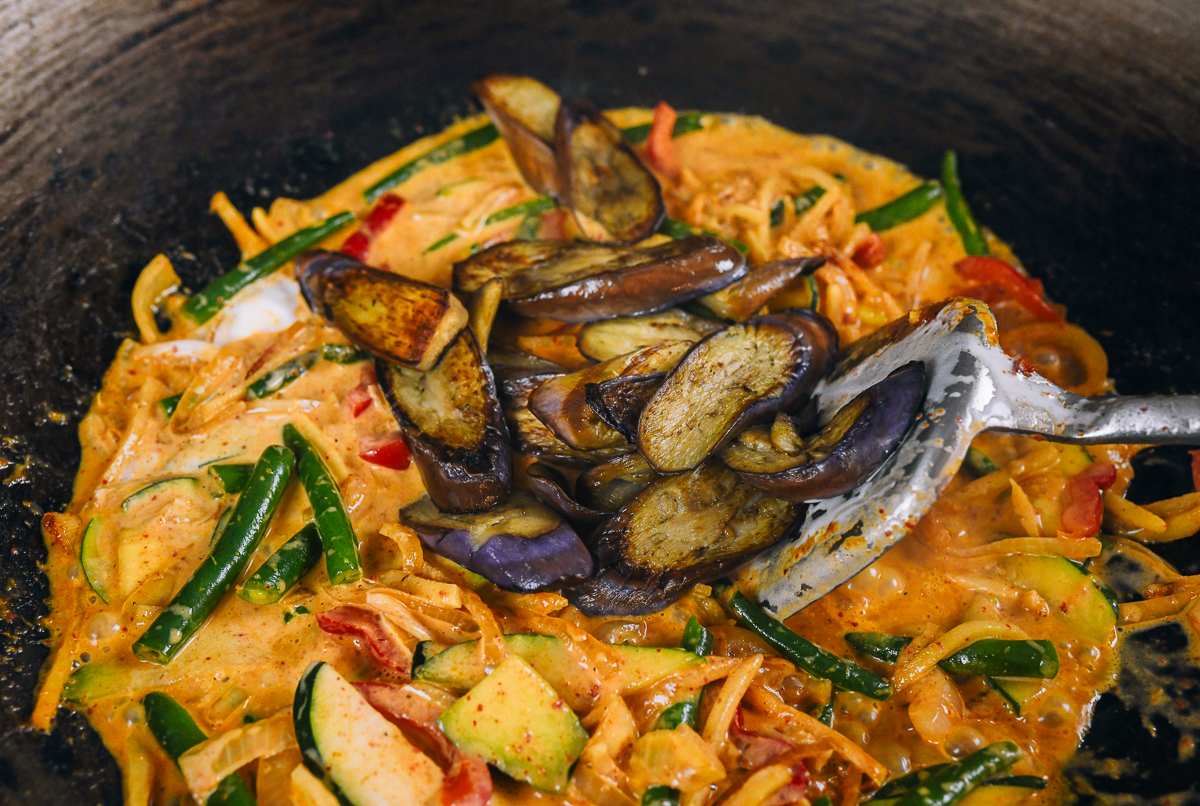
Simmer for 4 minutes, or until the vegetables are crisp-tender. Stir in the Thai basil until wilted.
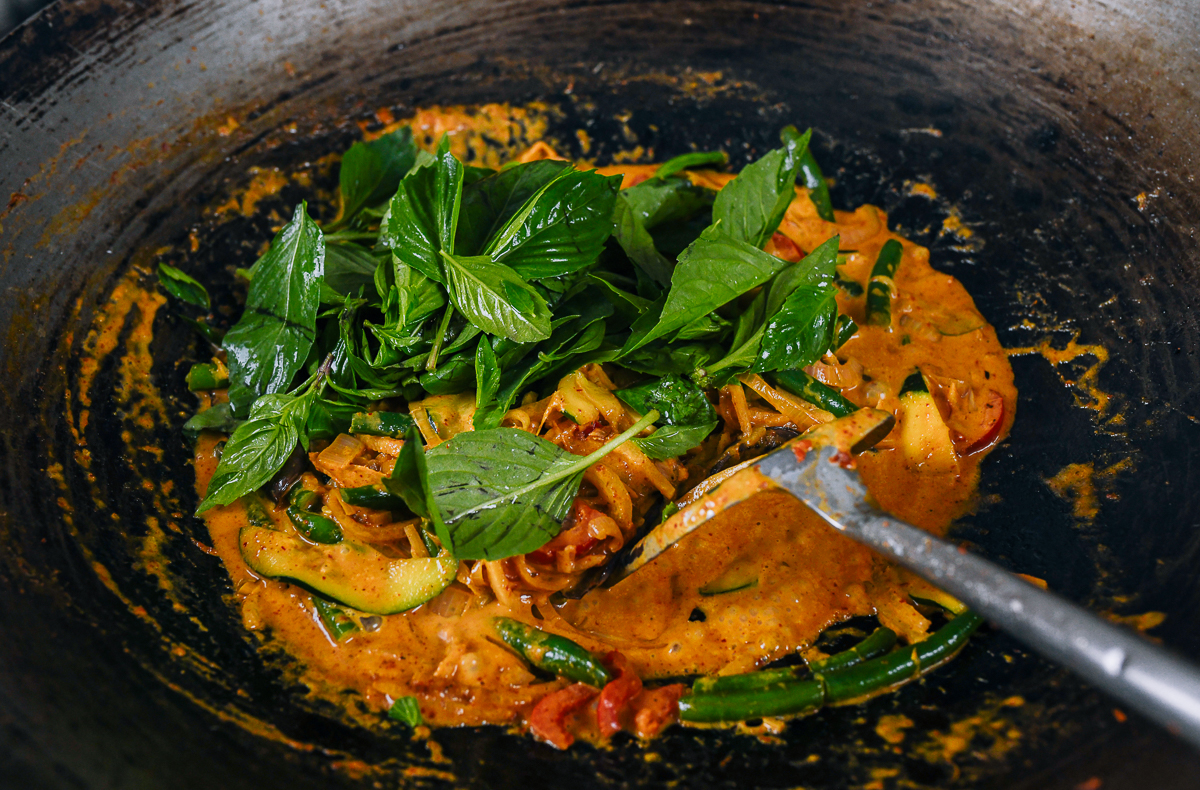
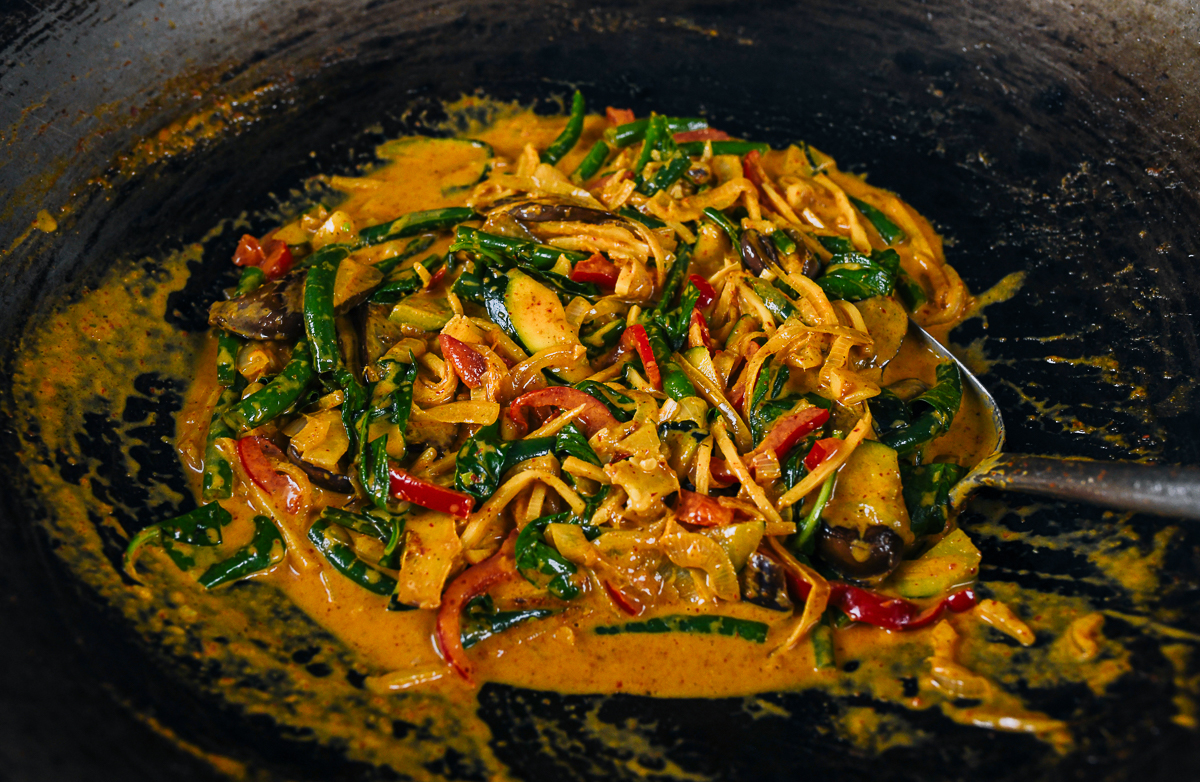
Garnish with chopped peanuts if desired, and serve over steamed rice.

